The Bonkers Ariel Hipercar Uses An Actual Turbine Engine Along With Batteries
From the company that brought us the brilliant Atom now comes an out-of-this-world electric supercar.
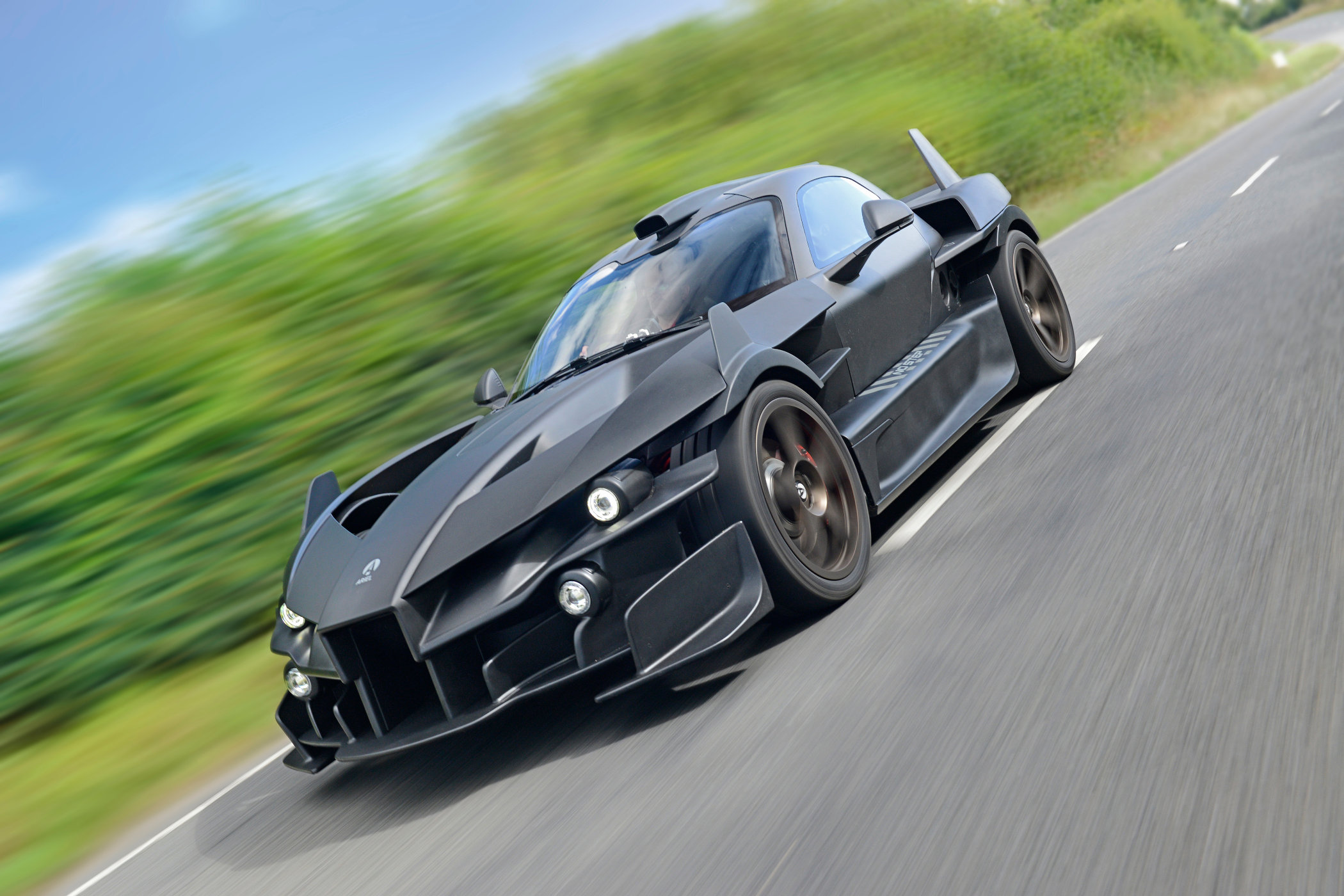
What we’re looking at in today’s Petrolhead Corner episode might first look like something home-built in by someone in his own shed using an angle grinder with the lights off, but it is, in fact, the latest prototype by Ariel Motors. That’s right, the small British company responsible for such gems as the Atom and Nomad cars is behind this… thing. It’s called the Hipercar, which by the way, is not a typo by yours truly. The Ariel Hipercar is an interesting engineering exercise not only for its looks but also for what powers it. Well, what could power it, as there’s a very hot optional extra that can come with it! Care to find out more? Simply lean back, put your feet up (it’s Saturday after all!) and read on.
Admittedly, when I first discovered this thing a couple of days ago, I wasn’t exactly thrilled with what I initially saw. To me, it looks just a tad too bonkers, but as I learned more, my curiosity got the best of me and eventually, it won me over. Behind this wild exterior is a very powerful electric drivetrain, and although it might come across as yet another absurdly powerful EV hypercar, Ariel wouldn’t be Ariel if it didn’t have a few tricks up its sleeve!
Inside out cars & bikes
Perhaps it’s best to talk about Ariel as a company first. Ariel is a small British sportscar and bike manufacturer built on the foundation of the Ariel company from the late 1800s. Ariel built the Ordinary in 1871, which was the first metal bicycle. Designed by Richard Starley, the Ordinary had a revolutionary steel frame, patented spoked wire wheels and rubber tyres. Ariel bicycles would be produced well into the 1930s. At the turn of the 19th century, Ariel started producing motorized vehicles as well, with the tricycle (1898) and quadricycle (1900) and the Minerva motorcycle in 1901. Ariel would also have a crack at a Grand Prix race car and actually won the second-ever Brooklands race. Later on, the company moved on to create a range of motorbikes, but by the mid-to-late-1960s, the company was all but dead.
The name was revived for a prototype in 1996, built by Simon Saunders with input from Stewart Grand Prix (which morphed into Red Bull Racing), TWR, Ford and Aston Martin. That prototype would be the basis for the Ariel Atom we know today, which was officially launched in 1999, with first deliveries starting in 2000. The revolutionary car, which started with the dream of building the new Lotus 7, featured a girder-like exoskeleton and very few body panels. In a true exercise of less is more, Ariel demonstrated that low weight was still crucial in producing a nimble high-performance car. The Atom was basically little more than a chassis, four wheels, two seats and an engine. No windshield, no doors, no roof, and only the bare minimum in creature comfort. By 2003 the second-generation Atom would be introduced, with a 220bhp 4-cylinder engine taken from the Honda Civic Type R. This would famously rearrange Jeremy Clarkson’s facial features in a Top Gear episode;
In 2010 Ariel went a bit nuts and put a 500bhp V8 engine into the Atom, a car that weighed a ridiculous 550kg. That very car held the Top Gear lap record for two years straight before being bested by the Mercedes-AMG GT-R. The third generation Atom would be introduced in 2013, and a year later, the Ace brought back motorcycles to Ariel. This features a chassis similar to the Atom, with a girder front fork and multiple configurations available. Packed with a 173bhp Honda 4-cylinder engine, this is far from a slouch of a bike! A year later, the Ariel Motor company would take the concept of the Atom off-road as they launched the Nomad. Built around the same style chassis, the Nomad featured upgraded suspension, an engine between 235bhp and 335bhp and weighed in at less than 700 kilos. Even though the top speed is listed as only 200kph (or 125mph), the Nomad takes less than 4 seconds to hit 100kph, on and off-road.
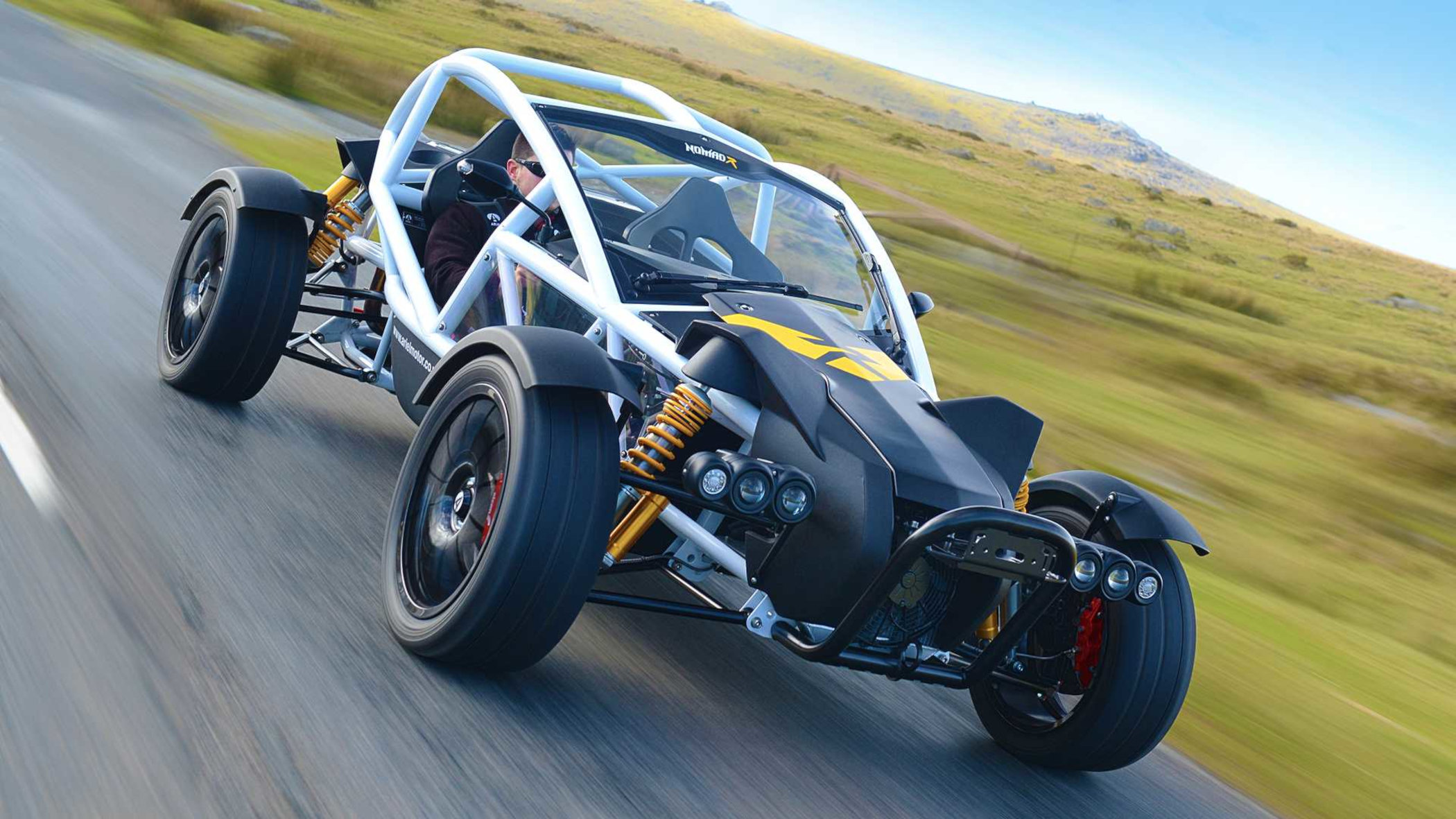
The ariel Hipercar
While all that is fine and well, but it’s now time to take you into the future of Ariel Motor, with the Hipercar. Again, the spelling of Hipercar is not a typo, as it is an abbreviation of High-Performance Carbon Reduction. In short, this is nothing less than an ultra-high-performance electric sports car. While we have seen a fair few of those, the Hipercar does things a bit differently.
What’s most obvious, perhaps, is that it features a fully closed cockpit, a first for Ariel. So we have a roof, doors and a windshield, which means you are at least protected from the elements. But there’s more to the body shell of the Hipercar, really, as it sort of looks like a mini-Batmobile gone mad. There are all sorts of cuts and slashes, big air intakes and exhausts, and even vertical stabilizer fins through the entire bodywork. It looks really mental, and I can’t decide if I like it or feel it’s a bit overdone, even though I guess form follows function in this case. And despite the fact it is technically a prototype, Ariel has stated the bodywork is intended to hit production virtually unchanged.
The full carbon fibre bodywork is draped over a bonded aluminium chassis, with removable front and rear subframes. The car will only seat two people, with lightweight carbon fibre bucket seats covered in Alcantara. You gain entry into the cockpit with butterfly doors, everyone’s favourite supercar party trick. You also get fully adjustable suspension all around and much-needed stopping power thanks to a braking system by AP Racing. The lightweight wheels are fitted with Michelin Pilot Sport Cup 2 tires.
So, in short, as with everything Ariel does, the focus is on extreme performance through the use of lightweight materials, high-tech components and, of course, big power. And big power the Hipercar certainly has! As this is an EV, the exterior hides a battery pack and two or four electric motors. With this set-up, you can choose to have it rear-wheel only with 590bhp, or go all-out and have a motor in each wheel with 1,180bhp at your disposal. The range when running full electric is only about 150 miles or around 220 kilometres, but there’s an option to tackle that.
I already hinted at it in the title of this Petrolhead Corner episode, and although technically speaking, it’s nothing more than a range extender, Ariel does offer an actual working turbine engine from Cosworth to charge the battery pack on the go! This doesn’t improve performance figures one (other than range, duh) but does make for a very interesting conversation, right? Who wouldn’t love boasting about the fact you have an actual turbine powering your car, like in the Howmet TX or Jaguar C-X75? And I know the turbine, which revs to 110,000rpm, doesn’t power any of the wheels, but it’s just insanely cool.
Anyway, the Ariel Hipercar is aimed to weigh 1,500 kilos or less, and with that monstrous 1,180 horsepower on tap, if you go for all-wheel electric drive, you will hit 100kph in just 2.09 seconds! With torque vectoring, a technique used in cars to adjust the levels of torque through a drivetrain to achieve optimum performance, that could even dip below two seconds. Zero to 160kph (100mph) would take just 4.4 seconds (or below 4 seconds with torque vectoring). I can’t even imagine what that would feel like when you floor the throttle! The top speed is stated to be “only” 250kph (155mph), but in everyday use, that is more than plenty, really. No prices communicated as of now, but when the Hipercar hits production, it will likely cost a pretty penny!
For more information, please visit Ariel-Motor.co.uk.

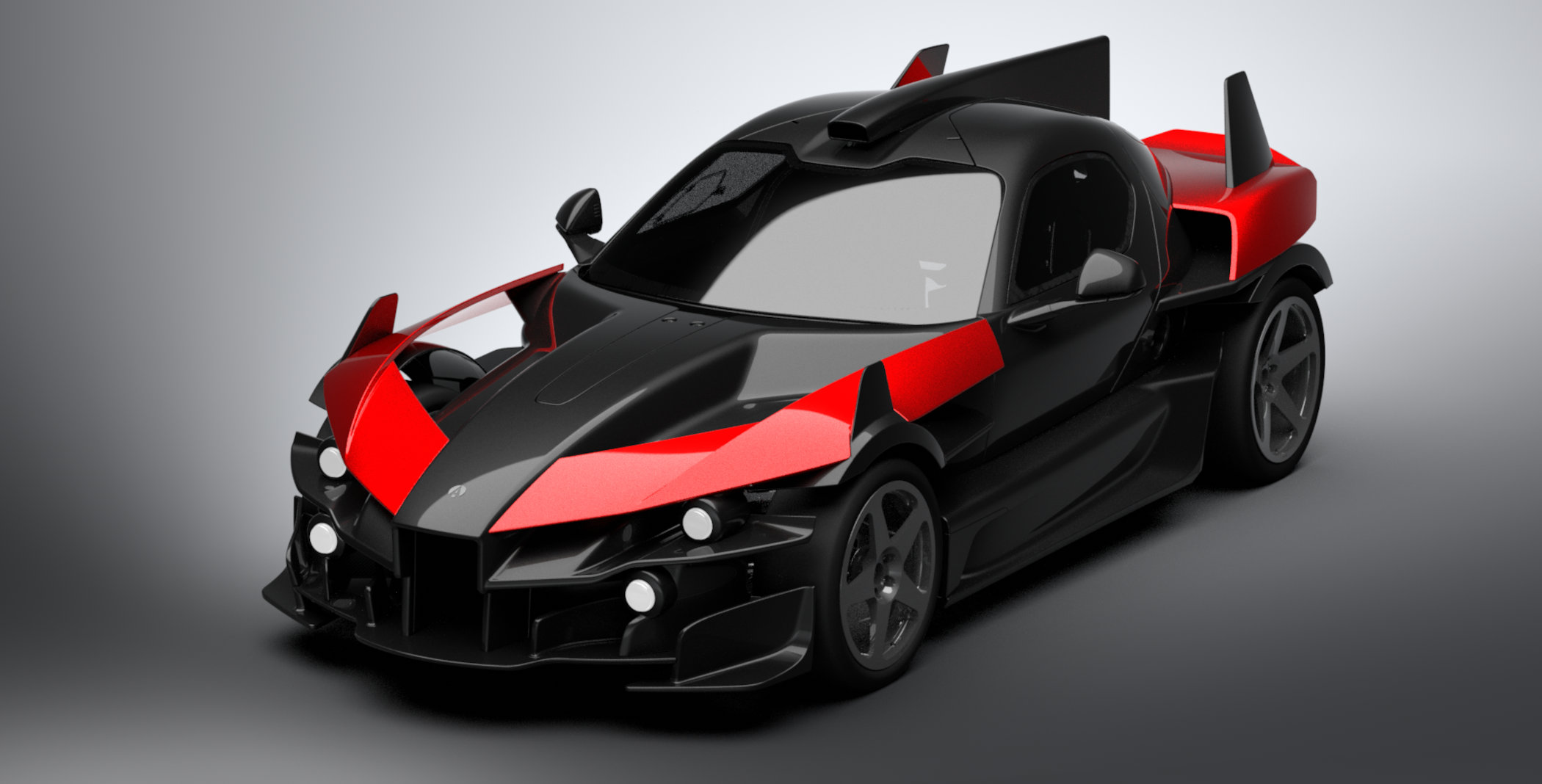
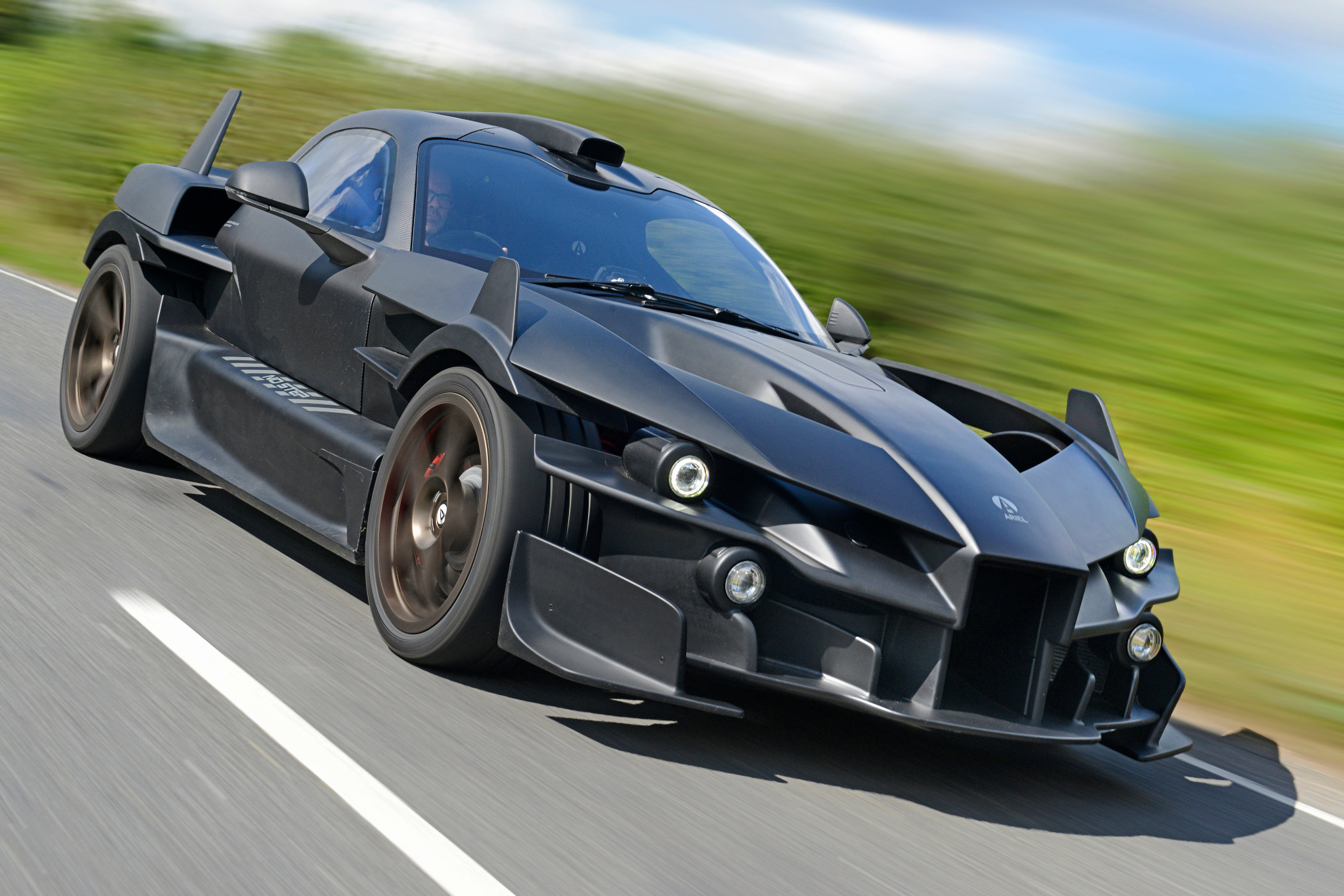

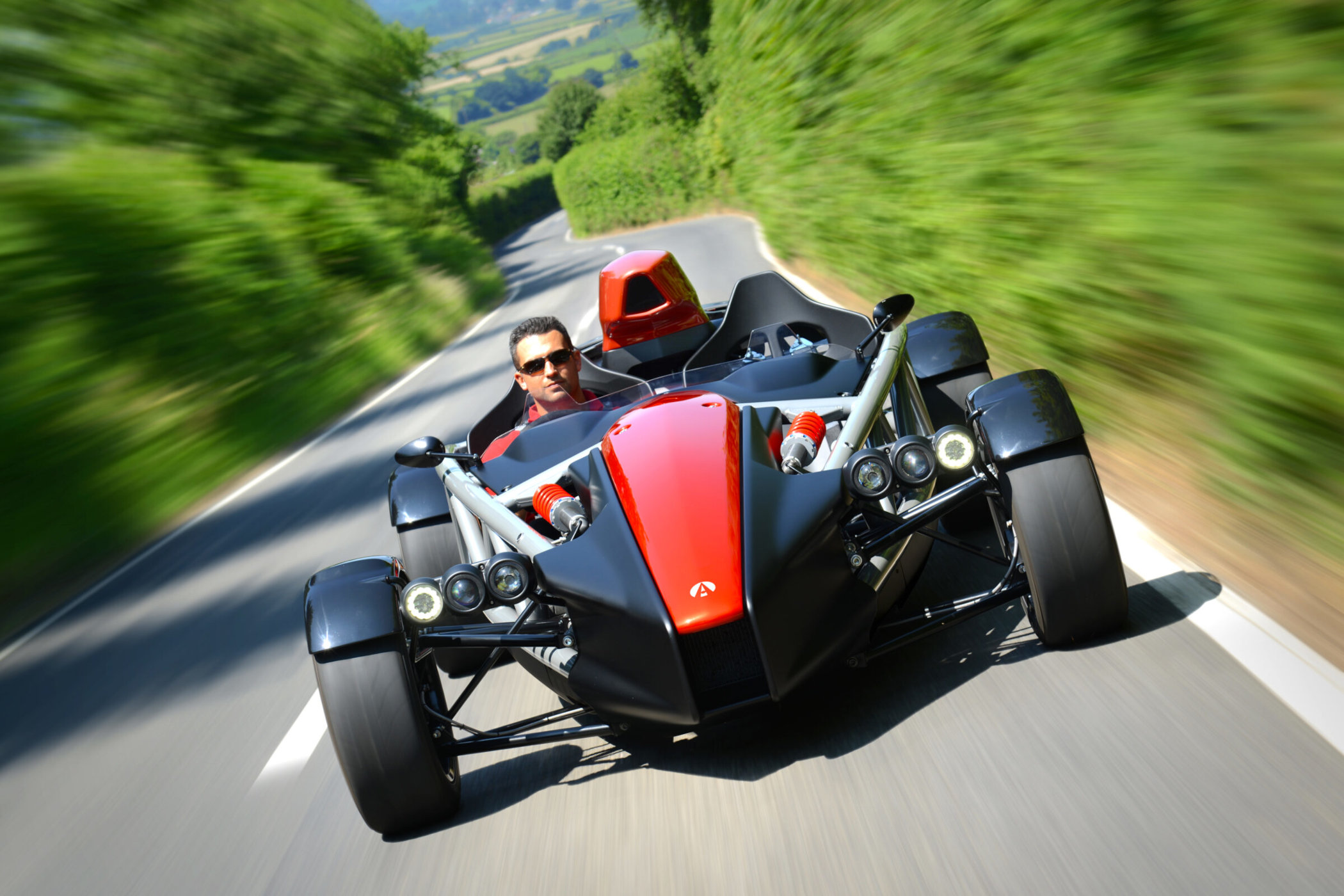
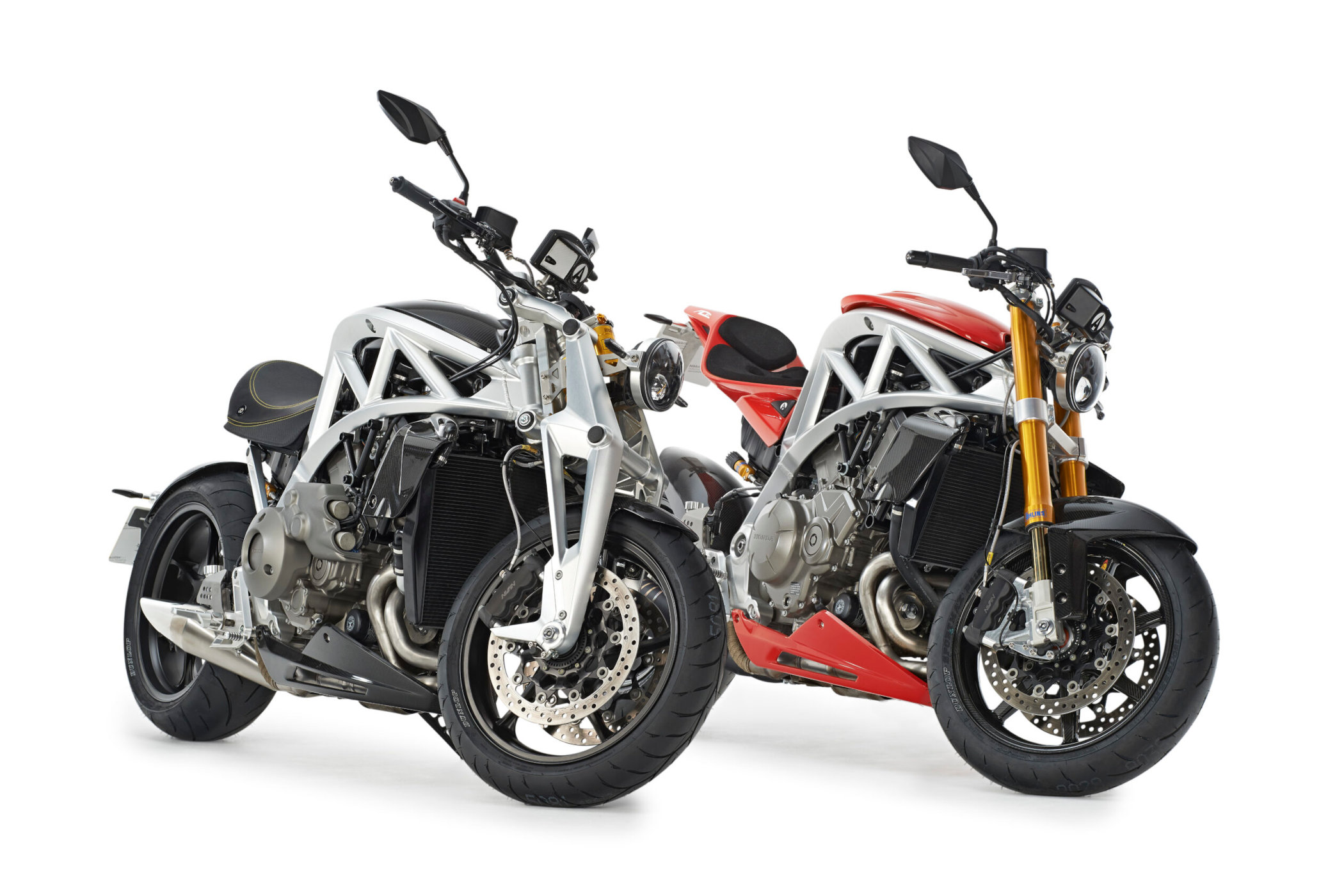




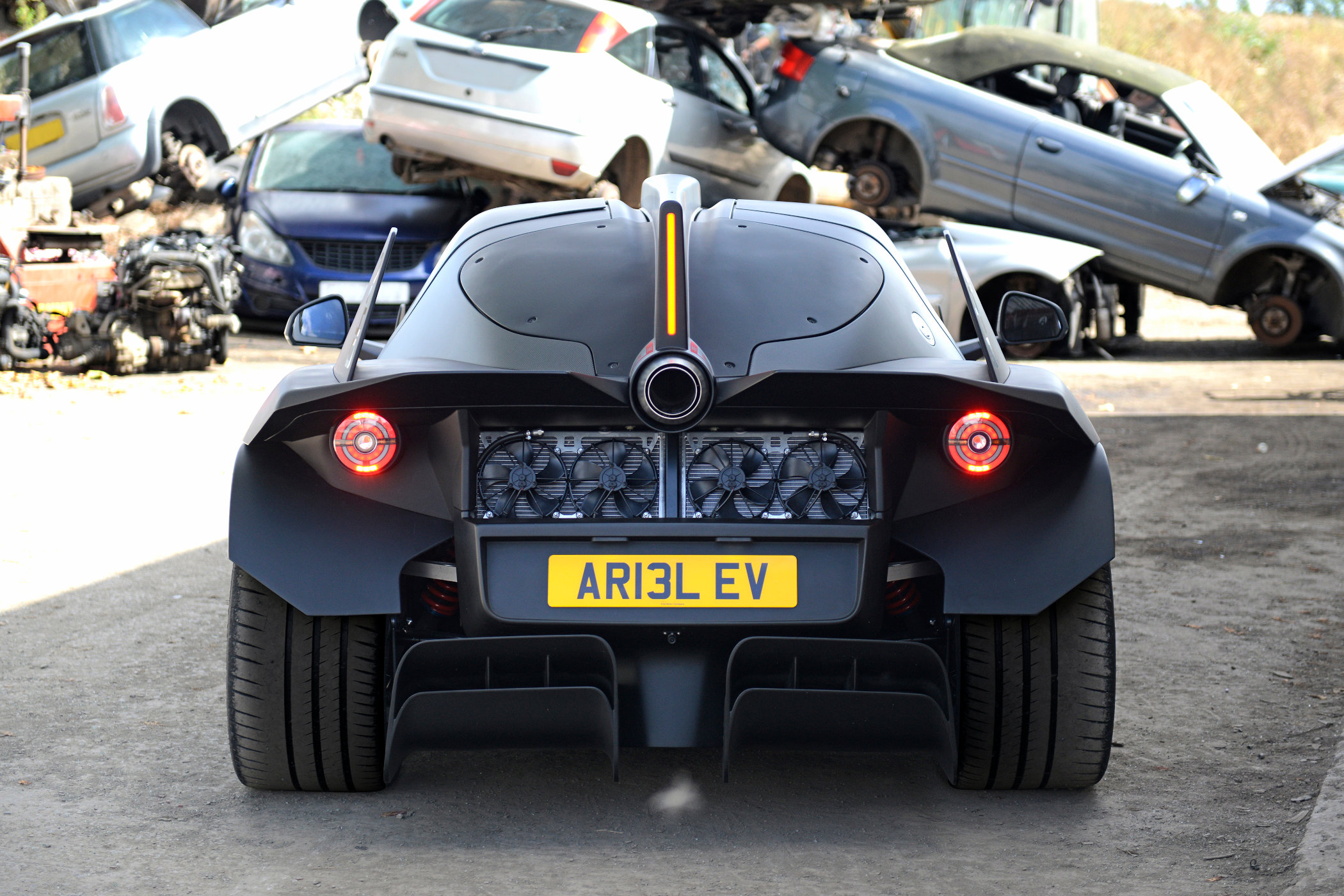
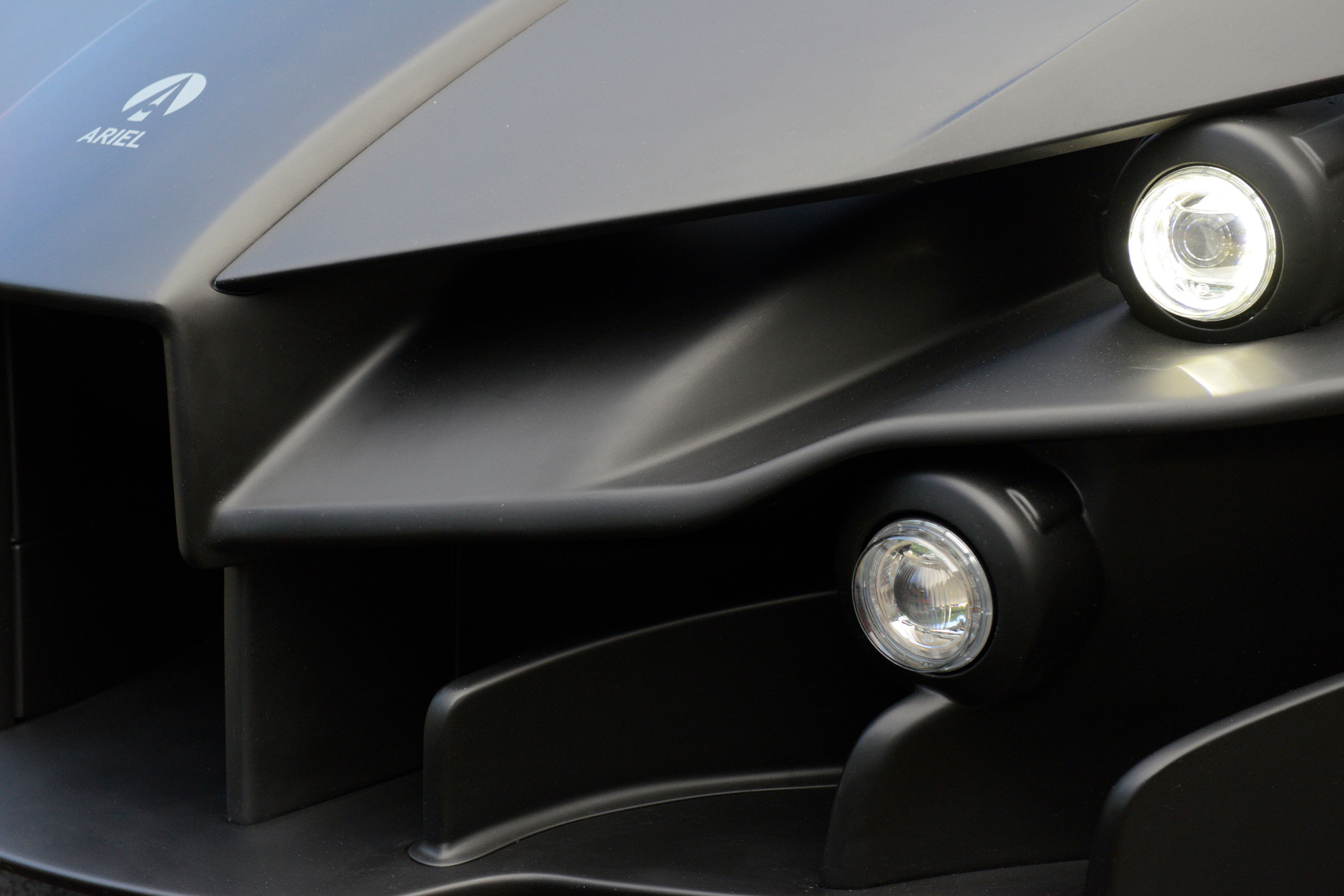
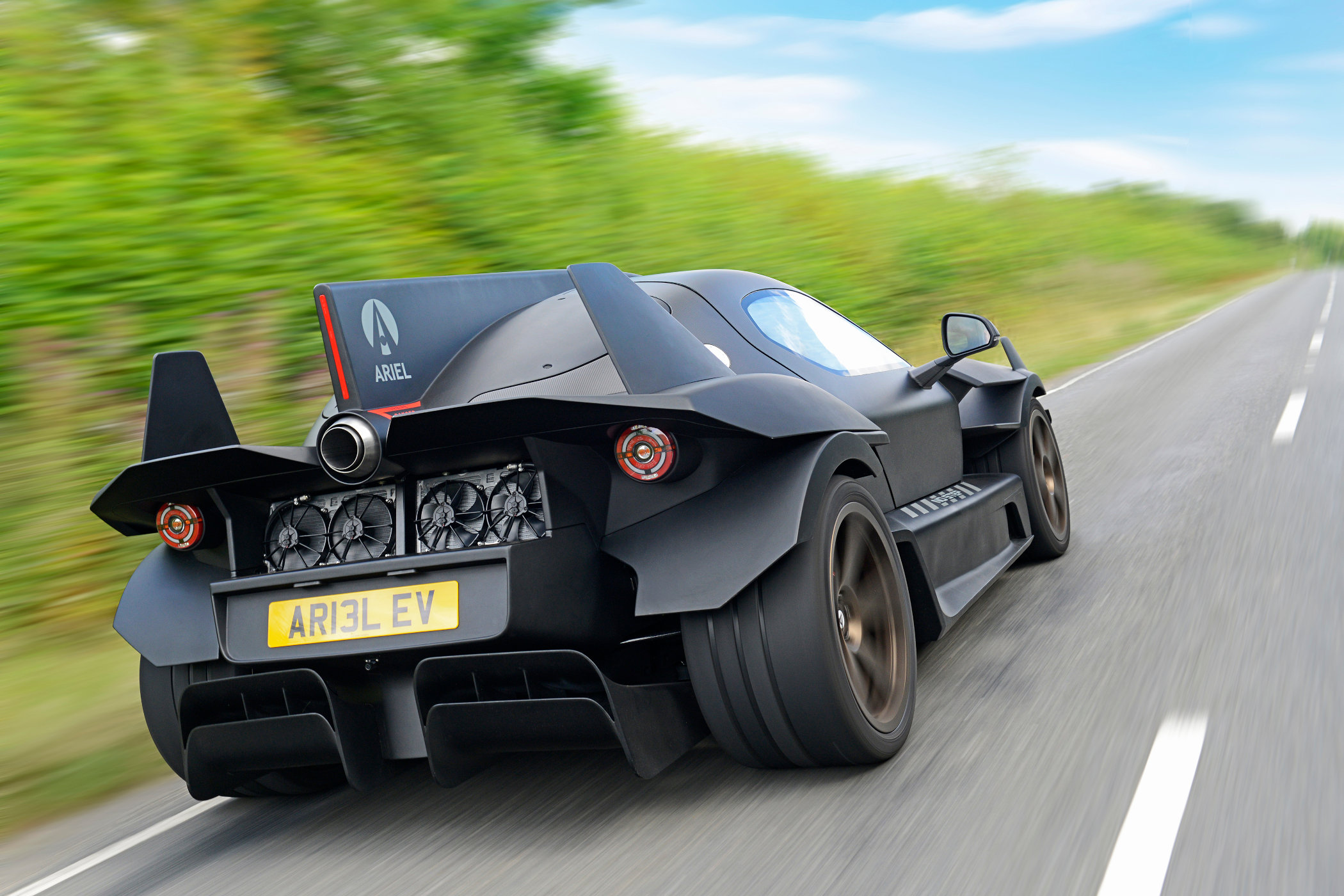
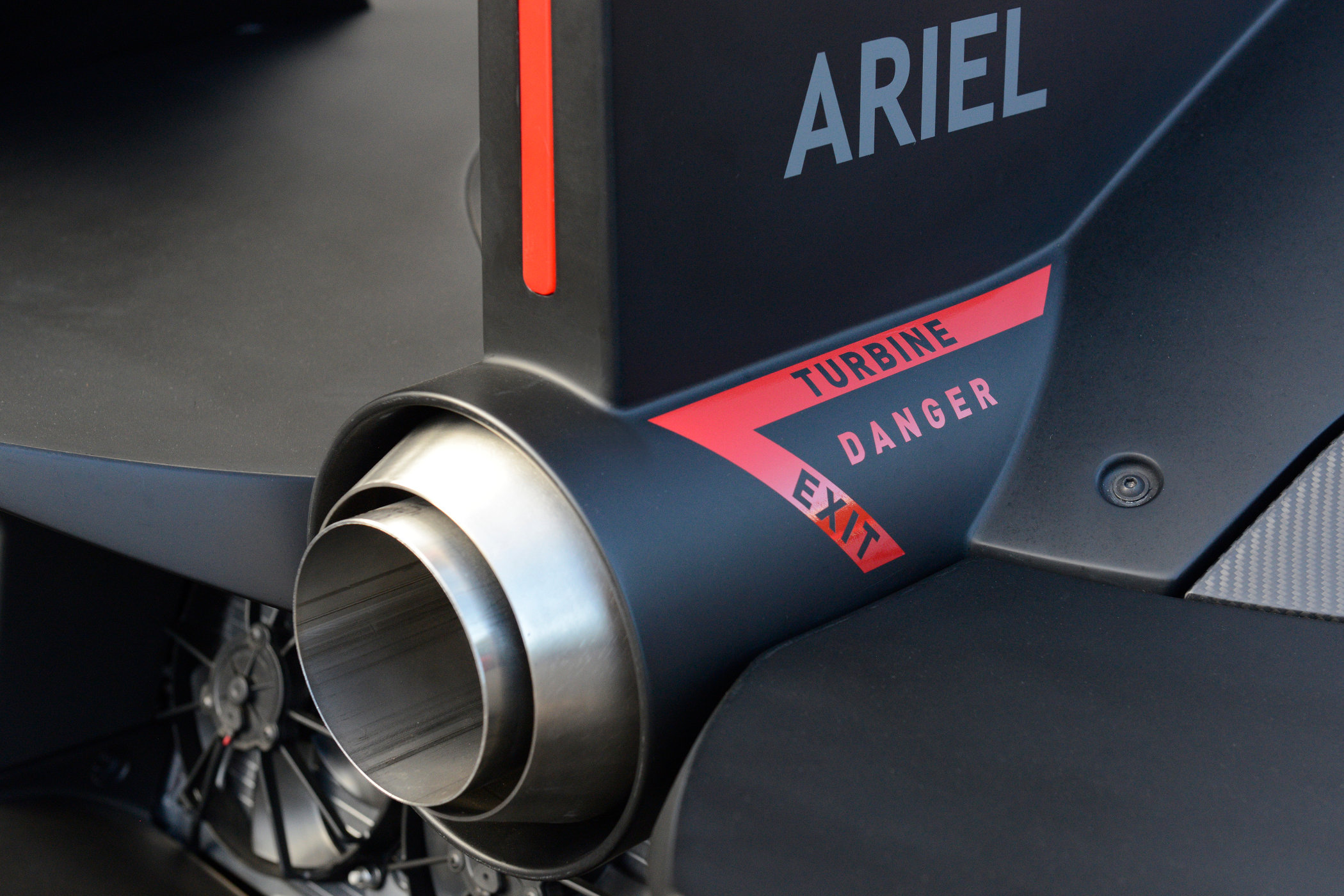
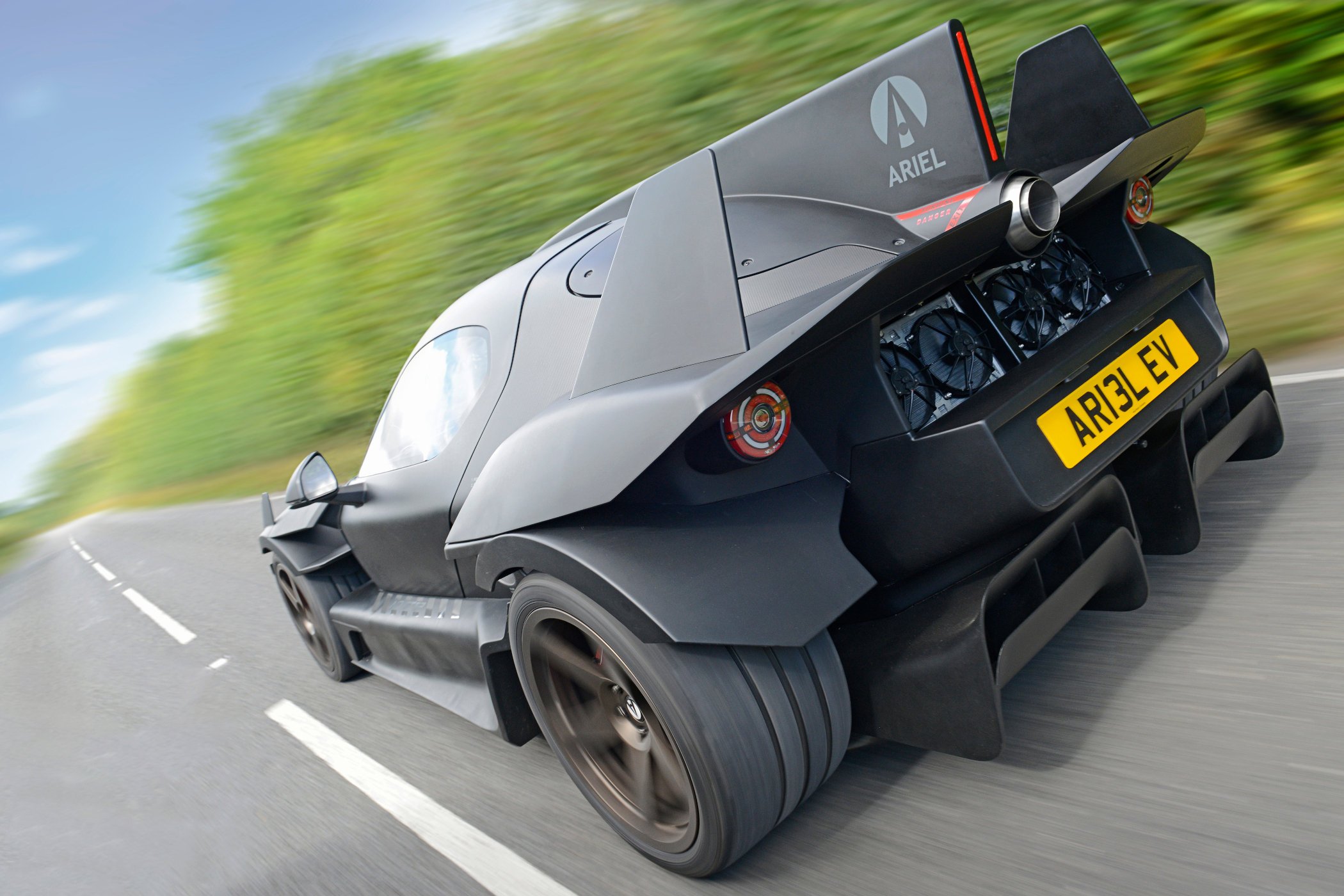



2 responses
Even mentioning the idea of $40,000.00 borders on bait and switch
It looks like a kit-car, and you spelled hypercar wrong. Unless they fix the looks, it’ll be a flop. People know them for the Atom, which is a much better looking vehicle. They’re stepping out of their wheelhouse, and not with leaps and bounds in progression either. That looks closer to the EV Top Gear made back in the day than an actual vehicle. It’s like a happy meal toy from a batman movie, only they’ve horrendously interpreted the batmobile.